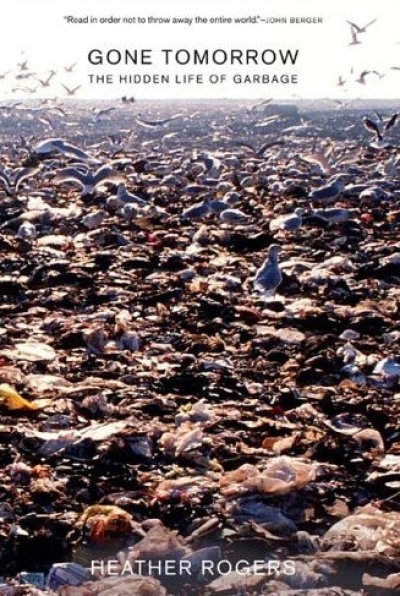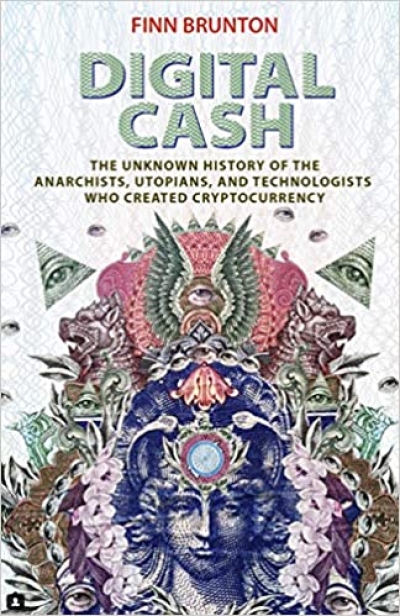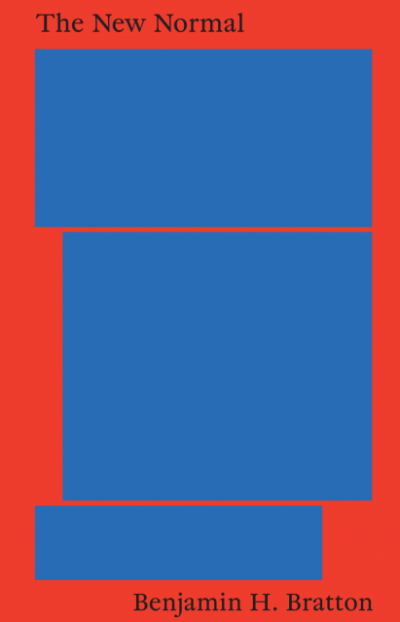
Gone Tomorrow. The Hidden Life of Garbage
Eat a take-out meal, buy a pair of shoes, or read a newspaper, and you’re soon faced with a bewildering amount of garbage. The United States is the planet’s number-one producer of trash. Each American throws out 4.5 pounds daily. But garbage is also a global problem; the Pacific Ocean is today six times more abundant with plastic waste than zooplankton. How did we end up with this much rubbish, and where does it all go? Journalist and filmmaker Heather Rogers answers these questions by taking readers on a grisly, oddly fascinating tour through the underworld of garbage.
Said to “read like a thriller” (Library Journal), Gone Tomorrow excavates the history of rubbish handling from the 1800s to the present, pinpointing the roots of today’s waste-addicted society. With a “lively authorial voice” (New York Press), Rogers draws connections between modern industrial production, consumer culture, and our throwaway lifestyle. She also investigates controversial topics like the politics of recycling and the export of trash to poor countries, while offering a potent argument for change.
America leads the world in garbage, and that is nothing to be proud of. A clear-thinking and peppery writer, Rogers presents a galvanizing expose of how we became the planet's trash monsters. Americans were ingeniously thrifty until industrialization ushered in consumer culture and the age of disposable goods and built-in obsolescence. But once the public was exhorted to buy stuff whether they needed it or not--and Rogers provides many eye-opening examples of corporate strategies and propaganda - new forms of garbage began to pile up and break down into toxic substances. Rogers details everything that is wrong with today's wasteful packaging, bogus recycling, and flawed landfills and incinerators. Here, too, is the inside story of the plastic revolution and the irresponsibly wasteful beverage market, the Mafia's involvement in commercial waste, and the illegal overseas shipping of garbage, especially toxic e-waste - trashed computers and cell phones. Rogers exhibits black-belt precision in her assault on American corporations that succeed in "greenwashing" the public while remaining "hell-bent on ever-expanding production no matter what the ecological toll."

































































































